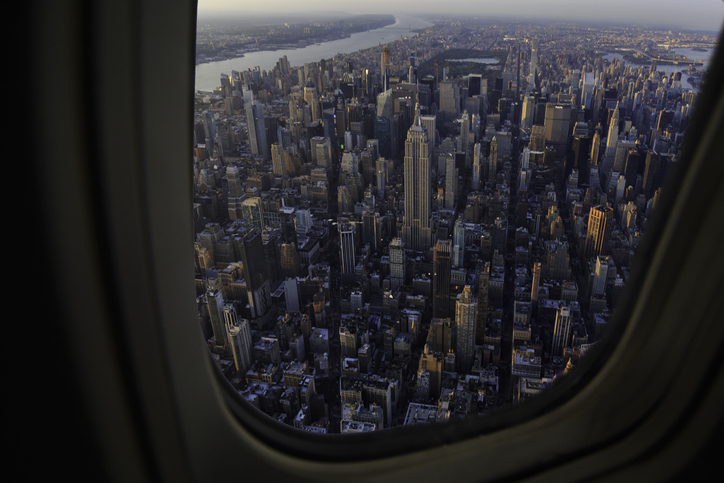Australia’s flag carrier Qantas completed on Sunday a nonstop test flight from New York to Sydney, researching how the world’s longest potential commercial airplane journey of nearly 20 hours would impact pilots, crew and passengers.
Carrying 50 passengers and crew on board, Qantas Flight 7879 on a new Boeing 787-9 Dreamliner touched down in Sydney on Sunday morning after a 16,200-kilometre (10,066-mile) journey which lasted 19 hours 16 minutes.
“This is a really historic moment for Qantas, a really historic moment for Australian aviation and a really historic moment for world aviation,” Qantas Chief Executive Officer Alan Joyce, who took the flight, said after landing.
With demand for air travel rapidly growing and aircraft performance improving, carriers are increasingly looking into ultra-long-haul travel. The International Air Transport Association (IATA) expects the worldwide number of annual passengers to grow from 4.6 billion this year to 8.2 billion by 2037.
No commercial aircraft as of yet has the range to fly such an ultra-long haul with a full passenger and cargo load. To give the plane the needed range, the Qantas flight took off with maximum fuel, only a few passengers, restricted baggage load and no cargo.
The goal was to gather data, with a team of researchers to monitor, among other things, lighting, activity, sleep and consumption patterns of passengers, and crew melatonin levels. They also tracked the brain wave patterns of pilots, equipped for the flight with brain monitoring devices.
The aim of the research was, Qantas said in a statement, to increase health and wellness, minimise jet lag and identify optimum crew rest and work periods.
“The flight was very successful from two components – the first one was research,” Qantas Captain Sean Golding said.
“And also the feat of distance – that flight last night was 16,200 kilometres. We were airborne for 19 hours and 16 minutes, and we landed here in Sydney with a comfortable 70 minutes of fuel.”
The airline also plans to test a nonstop flight from London to Sydney and expects to make a decision by the end of the year whether to start the routes, which would commence in 2022 or 2023.






